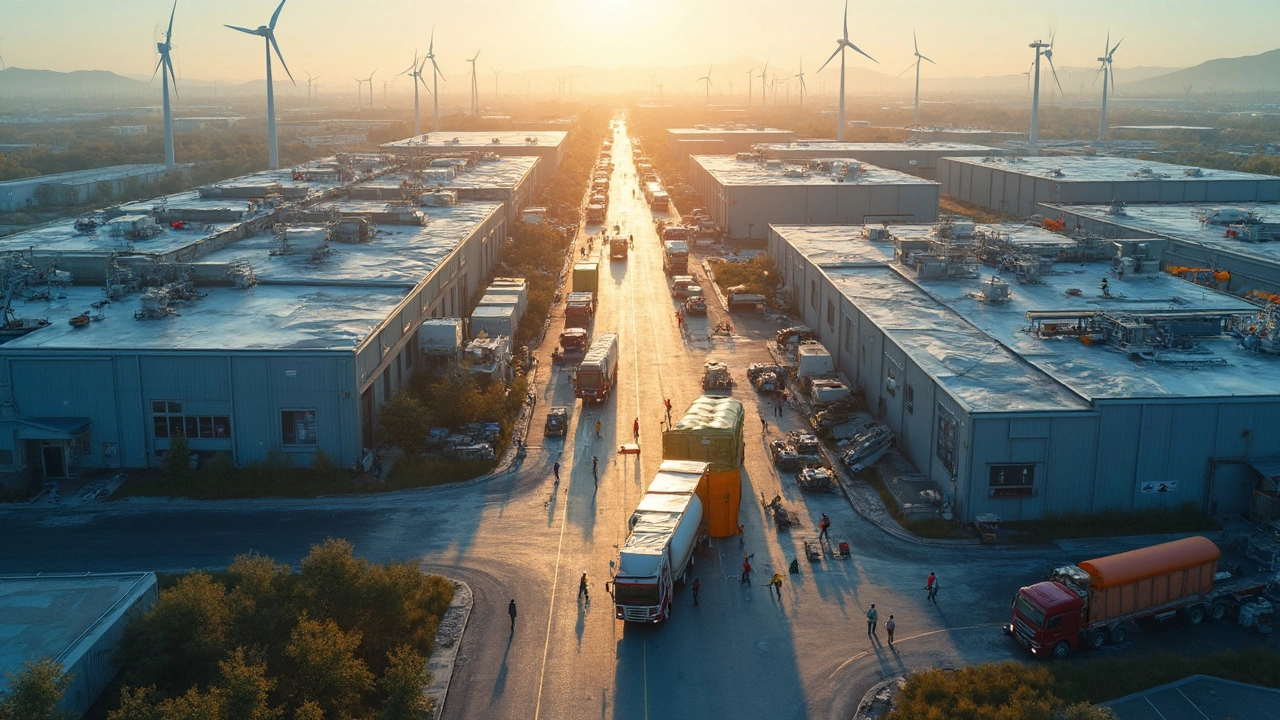How Plastic Factories in India Work and What to Expect Next
India’s plastic factories churn out everything from bottle caps to automotive parts. Most of them run on a simple loop: raw material arrives, gets melted, shaped, cooled, and then packed. The raw material is usually polymer granules such as polyethylene (PE) or polypropylene (PP). Once melted in an extruder, the polymer is forced through molds or dies that give it the final shape.
Two production methods dominate the scene. Injection molding fits small, complex parts like toy pieces or phone casings. Blow molding handles larger hollow items such as bottles and drums. Both methods rely on precise temperature control and fast cycle times to stay profitable.
Key Challenges Plastic Factories Face Today
Energy costs are the biggest headache. Running heaters and cooling systems 24/7 burns a lot of power, and any hike in electricity rates squeezes margins. Factories also wrestle with waste management. The government’s push for a plastic ban on single‑use items forces producers to invest in recycling equipment or shift to biodegradable polymers.
Labor skill gaps add another layer of difficulty. Modern machines need operators who understand CNC programming and quality‑control software. Many factories still rely on on‑the‑job training, which can lead to inconsistent product quality. Investing in skilled staff pays off, but the upfront cost can be steep for small players.
Supply chain hiccups are also common. Polymer prices fluctuate with global oil markets, and any delay in granule shipments can halt production. To mitigate this, smart factories keep safety stocks and use real‑time inventory software that alerts managers when levels dip.
Future Trends Shaping Plastic Manufacturing
Automation is moving from the shop floor to the executive suite. Robots now handle material loading, mold opening, and part removal, which reduces cycle time and errors. Factories that adopt these technologies see a 15‑20% boost in output without hiring extra workers.
Another trend is the rise of bio‑based plastics. Companies are experimenting with corn‑starch or sugar‑cane polymers that break down faster than traditional plastics. While these materials cost more today, government incentives and growing consumer demand could make them mainstream.
Digital twins—a virtual replica of the production line—are helping managers test changes before they touch the factory floor. Adjusting temperature settings or mold designs in a simulation can prevent costly trial‑and‑error runs.
Finally, sustainability reporting is becoming a must‑have. Customers and regulators want to see carbon footprints, waste reduction numbers, and recycling rates. Factories that publish clear, data‑driven reports build trust and often win new contracts.
Whether you’re an investor, supplier, or just curious about how everyday plastic items are made, understanding these basics gives you a clearer picture of the industry’s strengths and pain points. Keep an eye on automation, bio‑plastics, and data‑driven management—these will decide which factories thrive in the years ahead.

How Many Plastic Factories Are There in the US? A Real Look at the Numbers
Curious about how many plastic factories you’ll find in the United States? This article breaks down the real numbers, showing where most plastic products come from. Get interesting facts about what these factories make and the trends shaping the industry. Find tips on spotting reputable manufacturers or starting your own business. Whether you’re in the industry or just interested in American manufacturing, this piece covers what you need to know.
